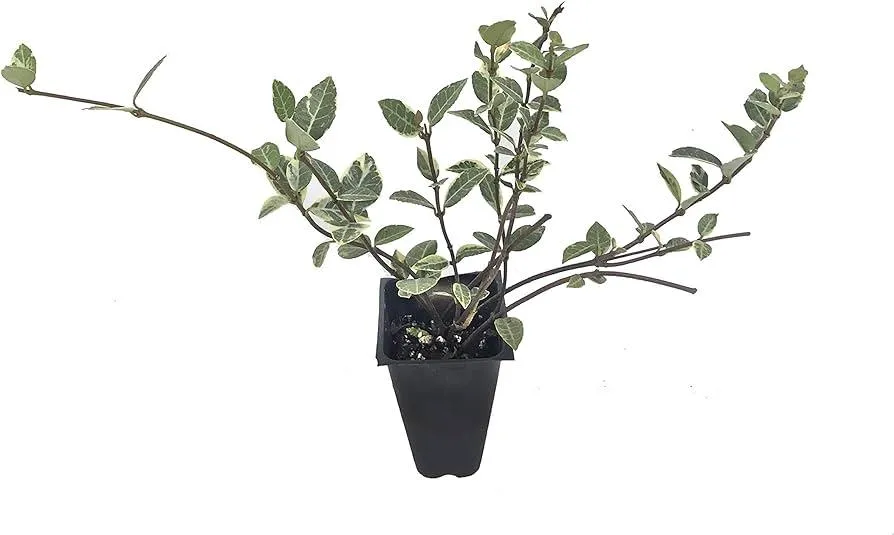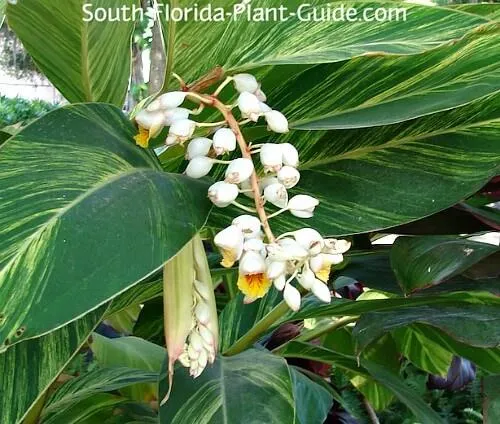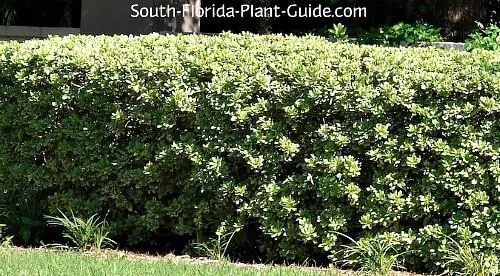Everything You Need to Know About Variegated Plants in Florida
If you’re looking for unique, low-maintenance plants to add color and visual interest to your Florida landscape, variegated plants should be at the top of your list. As a longtime Florida gardener, I’ve had great success growing a variety of variegated shrubs, flowers, and groundcovers that thrive in our state’s hot, humid climate. In this article, I’ll cover all the basics on variegated plants well-suited for Florida, from popular options to care tips. By the end, you’ll have the knowledge to pick out beautiful, low-effort plants that will brighten up your yard.
What Are Variegated Plants?
Variegated plants have leaves patterned with more than one color, usually contrasting green and white or yellow patches. This unique leaf pattern occurs due to a genetic mutation that causes uneven pigment distribution. While variegation may make a plant more susceptible to environmental stresses, selecting species adapted to Florida helps minimize issues. The multicolored foliage of variegated plants livens up any landscape.

Top Variegated Plant Choices for Florida
- Loropetalum (‘Purple Pixie’): This compact shrub produces purple leaves edged in creamy white. It thrives in sun or partial shade.
- Wandering Jew (‘Silver Dragon’): As an enduring Florida favorite, this variegated trailing plant brings cheer to shady spots with its green and silver leaves.
- Lantana (‘New Gold’): With bright gold-edged leaves and pretty flowers, this compact lantana variety makes an eye-catching groundcover in full sun.
- Variegated Schefflera: Often used as a houseplant, this textured vine also adapts well to Florida landscapes in light shade, where rainfall keeps its variegated leaves in top shape.
- Dwarf Pittosporum (‘Wheeler’s Dwarf’): Small green leaves bordered in creamy white make this dense shrub a standout in part sun or shade. I’ve seen it bloom with tiny yellow flowers too!
Care Tips for Variegated Plants in Florida
While variegated plants bring desirable color, their leaves may require extra care in Florida’s intense sunshine:
– Filters sun in full-sun spots. Provide dappled light or morning sun only through tree cover. Burned leaves greatly detract from appearance.

– Mulch well. This helps retain moisture in the root zone to prevent sparse, browned growth during heat waves. I use bark mulch 3-4 inches deep.
– Water thoroughly and deeply. Variegated plants dry out faster, so water when top inch of soil is dry. Microclimates vary, so adjust water as needed.

– Fertilize lightly in spring and summer. Too much nitrogen may cause dense foliage that’s more susceptible to sunburn. My usual choice is a diluted, all-purpose fertilizer.
– Prune selectively. Remove branches damaged by sun or pests to maintain an aesthetically pleasing shape. Timely pruning also boosts new growth.

Following these care tips ensures your variegated plants’ foliage stays vibrant throughout Florida’s hot seasons. With a little TLC, you’ll enjoy a garden full of low-effort color for years to come! Let me know if you have any other questions.
Top Variegated Plants for Florida Gardens
| Plant | Sun Exposure | Care Level | Max Height |
|---|---|---|---|
| Chinese Evergreens | Partial Sun | Low | 3 feet |
| Peperomia | Bright Indirect Light | Low | 1-2 feet |
| Philodendron | Bright Indirect Light | Low | 6-10 feet |
| Sansevierias | Bright Light | Very Low | 3-4 feet |
| Pothos | Low Light | Very Low | 10-30 feet |
| Caladiums | Partial Sun | Medium | 1-2 feet |
| Polka Dot Plants | Bright Indirect Light | Low | 2-3 feet |
| Maranta | Bright Indirect Light | Low | 2-3 feet |
FAQ
- What kinds of plants grow well in Florida?
Lots of unique species thrive in Florida’s warm, humid climate. Basically, sun-loving plants with glossy evergreen leaves tend to prosper most. Variegated plants do amazingly well due to the varied coloring which may look kind of cool. - What is a variegated plant?
A variegated plant has leaves with more than one color. Usually, the leaves will have some green parts and some yellow, white, red, or pink spots or edging. Some say these odd patterns appear from a mustard virus hitting the foliage. Sometimes the leaves come out totally white instead of green – pretty wild! - Why are variegated plants popular in Florida?
Variegated plants work well here for a few reasons. First, the diverse leaf patterns provide visual interest in the yard or garden. At the same time, many variegated plants tolerate our sun and heat better than plain solid green types. So they add uniqueness without as much fuss. On the other hand, the odd coloring can attract bugs – so that’s something to watch out for. - What are some common variegated plants in Florida?
Two super widespread examples are variegated elephant ear (aka caladium) and variegated society garlic. Elephant ear comes in lots of funky designs like pink swirls or zebra stripes. Society garlic has pale streaks through its leaves. Both pump up curb appeal for not too much dough. Other popular choices include variegated hibiscus, Indian hawthorn, and bird of paradise. - When should variegated plants be planted?
Most do best being put in the ground in early spring or late fall. That gives them time to establish before the peak summer sun and humidity. However, certain types can go in during other seasons too. Ask a pro at your local nursery for the best timing. They’ll know what works for your area. Proper watering and care is important regardless of planting date for these beauties to thrive. - Do variegated plants require any special care?
In general, variegated tropical plants need the same TLC as their solid green cousins. But the unusual leaf patterns sometimes make variegated types a tad more prone to sun or cold damage compared to uniform breeds. So providing excellent sunlight protection if new growth seems to blister or burn is advisable. Question – do you fertilize them the regular schedule or does the variegation mean less nutrients are absorbed by those leaves? Perhaps some expert could weigh in on their fertilizer preferences. - How do variegated plants affect the overall landscape design?
Using variegated specimens is a fabulous way to jazz up any landscape design. The contrasting tones lend stunning visual interest and flair. Like wow, who knew plants could look so incredible? It really makes the features pop. Placed correctly, these beauties can “frame” focal points or accent key areas. So in summary, variegated plants elevate average gardens to extraordinary – they’re a total showstopper addition if I do say so myself! Plus, who needs boring old solid green when such wonders exist?
